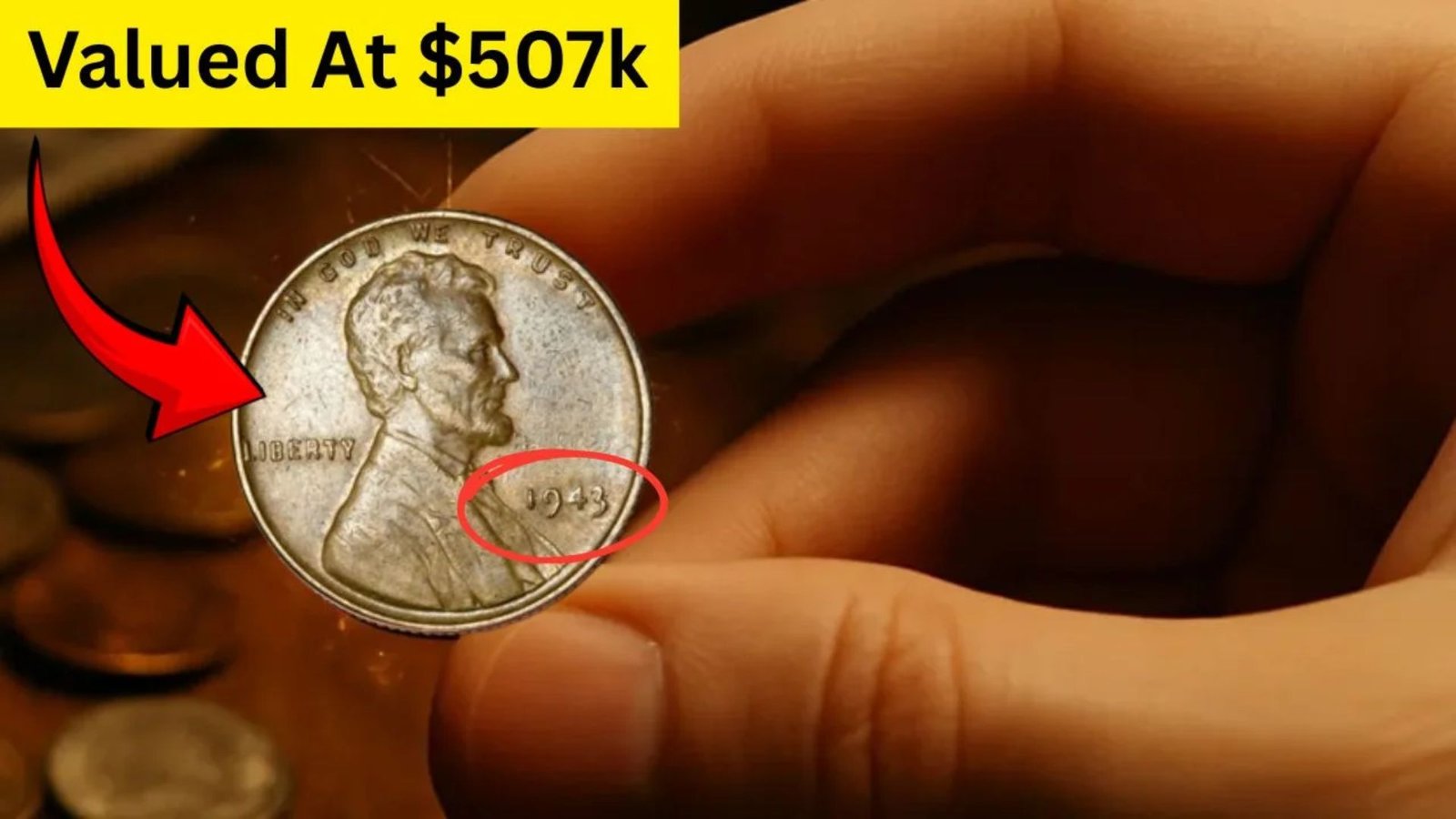Imagine finding a penny in your change that’s worth half a million dollars! The Lincoln Wheat Penny, a small coin with a big story, has collectors buzzing. Some rare versions, like the 1943 copper penny, are valued at $507,000 or more. Could one still be in circulation? Let’s dive into this treasure hunt!
What Is the Lincoln Wheat Penny?
The Lincoln Wheat Penny, often called the “Wheat Cent,” is a one-cent coin minted by the U.S. from 1909 to 1958. It features Abraham Lincoln’s profile on the front and two wheat stalks on the back, symbolizing America’s agricultural roots. While most are worth just a cent, rare versions fetch fortunes due to minting errors or low production.
A Brief History of the Lincoln Wheat Penny
Introduced in 1909 to honor Lincoln’s 100th birthday, this coin was groundbreaking. It was the first U.S. coin to feature a real person instead of a symbolic figure like Lady Liberty. Designed by Victor David Brenner, its wheat stalk design became iconic. Over billions were minted, but specific years and errors make some pennies collector’s gold.
Why Are Some Wheat Pennies So Valuable?
Certain Lincoln Wheat Pennies are worth a fortune due to rarity, minting errors, or historical significance. For example, the 1943 copper penny is a legend. During World War II, pennies were made of steel to save copper, but a few copper blanks were mistakenly used, creating ultra-rare coins. Only 15–20 exist, driving their value sky-high.
| Rare Penny | Year | Estimated Value | Rarity Factor |
|---|---|---|---|
| 1943 Bronze | 1943 | Up to $507,000 | ~15–20 known |
| 1909-S VDB | 1909 | Up to $168,000 | 484,000 minted |
| 1914-D | 1914 | Up to $150,000 | 1.2M minted |
| 1955 Doubled Die | 1955 | $25,000–$100,000 | Doubling error |
How to Spot a Rare Lincoln Wheat Penny
Think you’ve got a valuable penny? Here’s how to check:
- Check the Date: Focus on key years like 1909, 1914, 1922, 1931, or 1943.
- Look for Mint Marks: Find a small “S” (San Francisco) or “D” (Denver) under the date.
- Test 1943 Pennies: Use a magnet. Steel pennies stick; rare copper ones don’t.
- Examine for Errors: Look for doubled letters or numbers, like the 1955 Doubled Die.
| Check Method | What to Look For | Why It Matters |
|---|---|---|
| Date | 1909, 1914, 1943 | Rare years increase value |
| Mint Mark | S, D, or none | Low mintage = higher value |
| Magnet Test | Copper (no stick) | Identifies 1943 bronze error |
| Doubling Error | Fuzzy letters/numbers | Boosts value significantly |
Notable Rare Wheat Pennies and Their Values
The 1943 copper penny, valued at $507,000, is a collector’s dream. A Texas gas station clerk found one in 2024, proving they’re still out there! The 1909-S VDB, with only 484,000 minted, can fetch $168,000 in top condition. The 1914-D and 1955 Doubled Die are also highly prized, with values up to $150,000 and $100,000, respectively.
Expert Tips for Coin Collectors
- Don’t Clean Coins: Cleaning can ruin value. Keep them in protective holders.
- Get Professional Grading: Services like PCGS or NGC authenticate and grade coins.
- Check Everyday Change: Look in coin jars, bank rolls, or inherited collections.
- Join Coin Clubs: Connect with experts for tips and trades.
- Beware of Fakes: Counterfeit 1943 copper pennies are common. Always verify authenticity.
FAQs About the Lincoln Wheat Penny
Q: Why is the 1943 copper penny so valuable?
A: It’s a wartime error—copper was replaced with steel, but a few copper pennies were mistakenly minted.
Q: Can I find a $507,000 penny in circulation?
A: Yes, but it’s rare. Check old jars or bank rolls for the best chance.
Q: How do I know if my penny is real?
A: Use a magnet for 1943 pennies (copper won’t stick) and get professional grading.
Q: Are all Wheat Pennies valuable?
A: No, most are worth a few cents. Rare years or errors drive high values.
Conclusion: Start Your Treasure Hunt Today
The Lincoln Wheat Penny proves that small change can hold big value. With rare versions like the 1943 copper penny worth $507,000, you might be sitting on a fortune! Start checking your change, join a coin club, or explore auctions. Who knows? Your next penny could be a life-changer. Share your finds or questions below!

